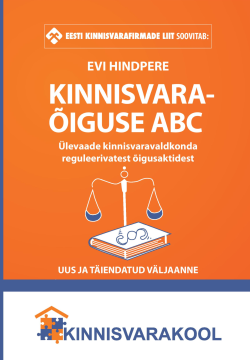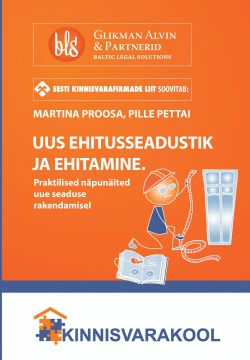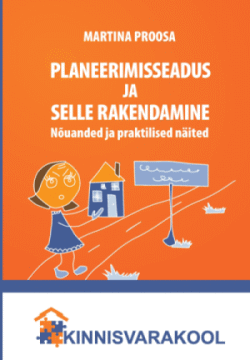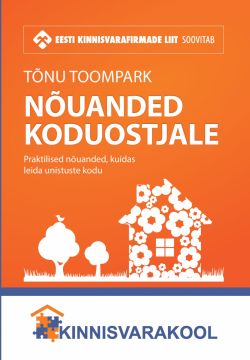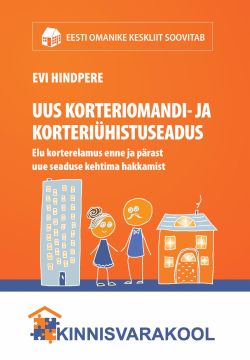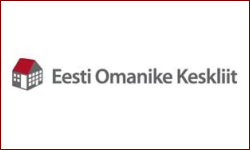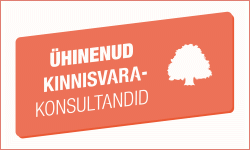 Inflation in the Baltics has been two times faster than the EU average. There are many supply- and demand-side factors at play. Pandemic-related supply-side bottlenecks were exacerbated by the war in Ukraine, which cut trade ties with Russia that were historically larger than elsewhere in Europe. Small, open economies tend to be more sensitive to volatile commodity prices. Small markets also lack competition in some market segments and domestic economies of scale. Demand-side factors are also increasingly important, as price pressures have strengthened and spread in the economy. The Baltics have experienced strong post-COVID recovery and rapid wage growth, lifting production costs for companies, but also increasing the purchasing power of households. The inflow of refugees has increased the demand for housing and everyday consumer goods.
Inflation in the Baltics has been two times faster than the EU average. There are many supply- and demand-side factors at play. Pandemic-related supply-side bottlenecks were exacerbated by the war in Ukraine, which cut trade ties with Russia that were historically larger than elsewhere in Europe. Small, open economies tend to be more sensitive to volatile commodity prices. Small markets also lack competition in some market segments and domestic economies of scale. Demand-side factors are also increasingly important, as price pressures have strengthened and spread in the economy. The Baltics have experienced strong post-COVID recovery and rapid wage growth, lifting production costs for companies, but also increasing the purchasing power of households. The inflow of refugees has increased the demand for housing and everyday consumer goods.
Inflation has been lifted mainly by two product groups, energy and food, whose prices have increased more in the Baltics than in the EU; the share of these two groups in consumer baskets is also larger in the Baltics, so they have a larger impact on the overall price index. The Baltic energy mix is unfavourable in the current circumstances, where ties with Russia have been cut and CO2 quota prices have been elevated. Also, different energy subsidies and price methodologies across Europe make cross-country comparison difficult.






